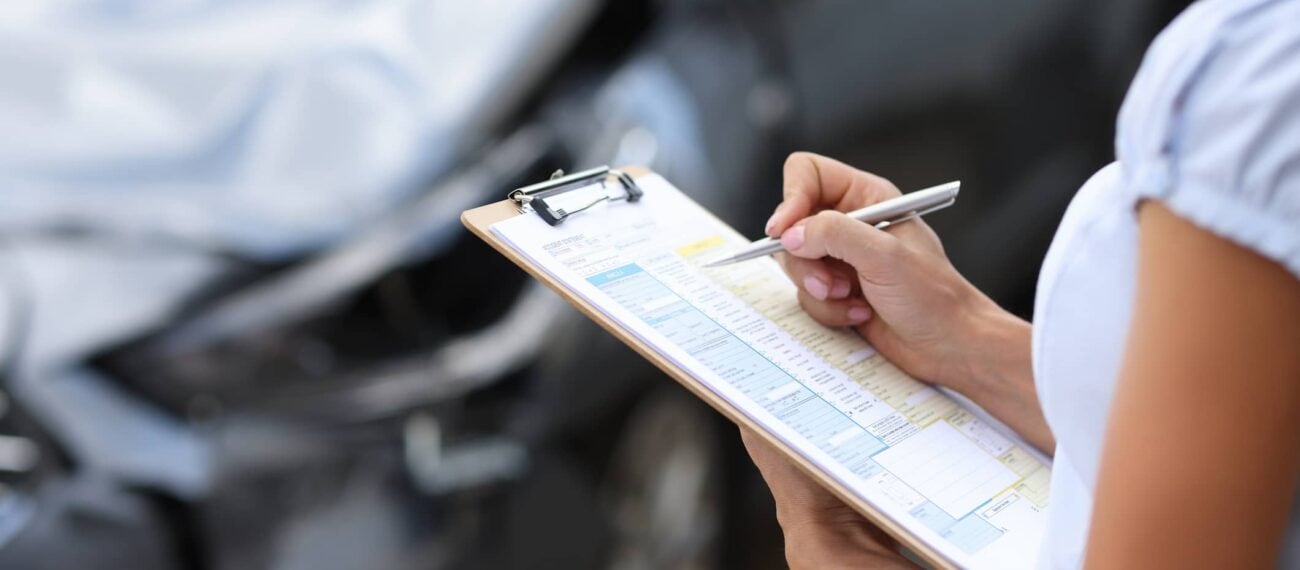If you start looking into incident analysis, you soon end up with a jumble of methods. Should you opt for TRIPOD because it is one of the best-known methods, or does PRISMA suit your organisation better? And what do BowTie, SIRE, fishbone, 5 Why and all those other solutions do? We have some tips to help you along the way.
It is always annoying when an incident or near-incident occurs within an organisation. In many cases, the most natural reaction to this is to solve the problem and then quickly forget about it. However, this ostrich behaviour offers a temporary solution, albeit quick and not complex, but also offers little or no room for improvement. And this means that the same incident can just happen again.
To learn from incidents and know what the actual cause of an incident is, incident analyses are used. In addition, incident analyses can be used to build a database on which improvement measures can be based. With the ultimate goal of creating a safe(r) working environment where incidents can be prevented wherever possible. But how do you decide which method suits you best?The similarities between methods
Just google incident analysis. You will get a lot of information. From the search results, it is difficult to determine what is objective information and what is commercially driven. However, if you were to knock the methods completely flat, they have two similarities:
Root Cause Analysis is often mentioned as a method. However, Root Cause Analysis is not directly a method but rather an umbrella term meaning almost the same thing as incident analysis. Methods like TRIPOD, PRISMA and SIRE, on the other hand, are toolboxes with capabilities to clarify the causes of incidents.

While searching for suitable methods, you will run into a jungle of terms. You will probably get dizzy reading it all. And you might even ask yourself: but what really distinguishes them from each other? We understand this question all too well, because there is a lot of overlap between the various methods. And that is because they basically have the same goal, which is to investigate the root cause of an incident or series of incidents.
Broadly speaking, you can divide the various incident analysis methods into two categories. On the one hand, you will find methods whose primary goal is to analyse the root causes of a single incident, or a limited set of incidents. On the other hand, you will find methods that additionally aim to classify the causes so that they can be included in a database. So to make the right choice for incident analysis, it is good to consider which of these two goals you have in mind.
The most commonly used methods are:
Other methods may or may not be derivatives of these methods, or they are tools that methods work with. Unfortunately, it is not always clear what is a method and what is a tool you can use within methods.
Other tools include Fishbone, Event Tree and Timeline. The name is mainly derived from what the tool looks like when you draw out the incident. Tools like BowTie are more technically focused, where hard facts can be indicated. An Event Tree or Timeline offers more room for storytelling, where you look more closely at the soft circumstances, for example. However you lay out the incidents and causes, ultimately the goal is to find out the Root Cause.
Above all, do not stare blindly at the methods or tools, but choose one. The most important thing is that you use the method consistently so that the structure of the analysis is always the same. Especially if you want to classify causes to build a database, it is important that the outcome is uniform. In addition, for everyone who has to deal with analyses (making, performing or receiving them), it is convenient if a uniform method is used.
If you already use incident management software, or will do so, check immediately which methods and tools are supported. The ultimate goal is to make good analyses. The methods and tools used are of secondary importance.
After you have determined the main objective, and/or have found a pleasant tool, it is time to finally choose which method (or methods) to use.
Many large organisations are already using incident analysis. Of course, you can go all in on all the pros and cons yourself, but you can also look at what others in your industry are already doing. In healthcare, for instance, we see that SIRE is mainly used for serious incidents, where a one-off analysis suffices. PRISMA is also used, especially if you want to build a database and thus classify the analyses. Within other industries, TRIPOD is a widely used method, often in combination with 5 Why (which was developed by Toyota) and/or BowTie.

Where you work with strict rules, think of the food industry or a hospital, you can work perfectly well with tools that allow systematic and technical analysis. Hard facts can often be put down here without any problems. If you look at elderly care, for instance, such a method is often too hard. Here, it is often the ‘soft’ facts and a spider’s web of events that lead to a particular incident. A narrative analysis, with an event tree or timeline, for example, works much better here.
From safety to Safety II
For a long time, there has been the idea that safety means the absence of insecurity. But a new current is emerging that assumes that people fail at some point anyway. Incidents can never be completely prevented or ruled out. However, by making analyses, improvement measures can be taken.
And that is where Safety II takes a different path, namely by urging you to also look at what did go well during the analysis. What protocols and precautions, for instance, prevented a more serious incident? This positive approach can make improvement measures even more effective.
So when you get started with incident analysis, do not forget to include not only the causes of failure, but also the things that are going well. You can include this in any method, although a fishbone or timeline is a better representation for this than the BowTie. If you also want to include positives in your analysis, it is good to incorporate this directly into the model.
Hopefully we managed to get you started with our tips.
Request the brochure to have all the information easily to hand.
Want to see for yourself what Zenya FLOW can do for your organisation?
Feel free to contact our experts! We are happy to think along with you.